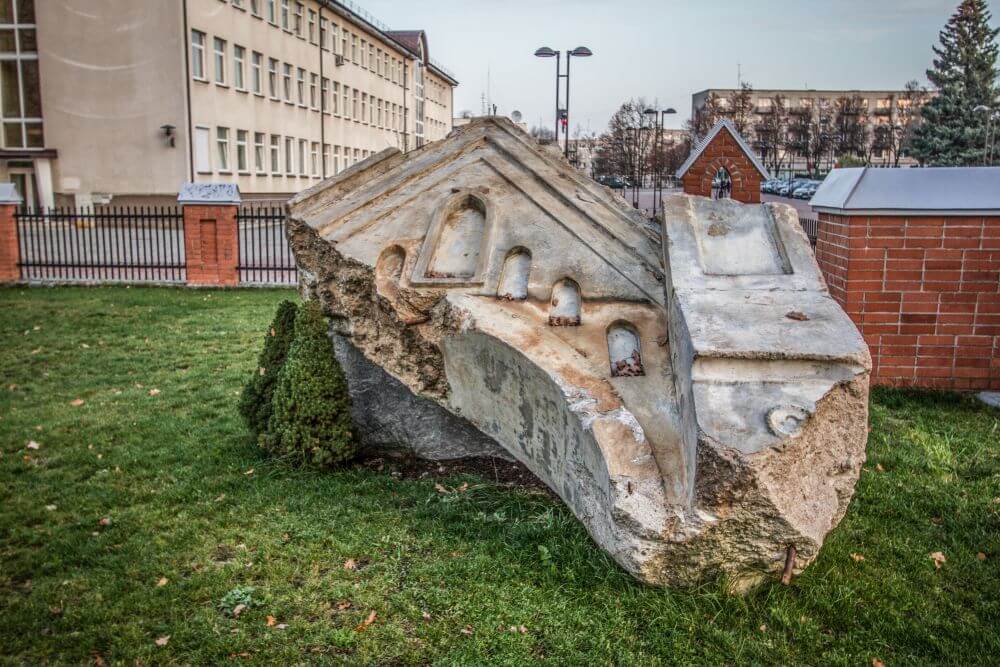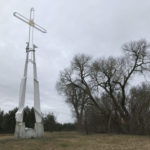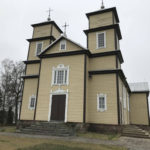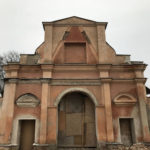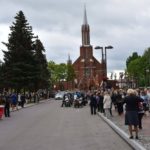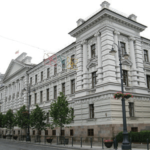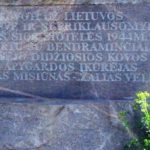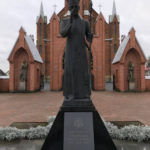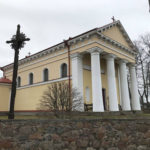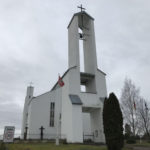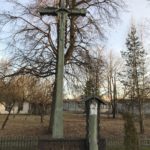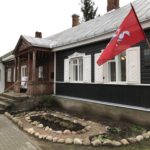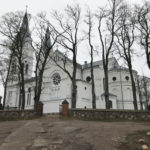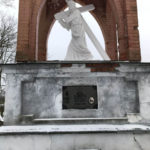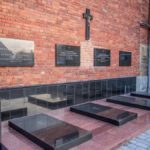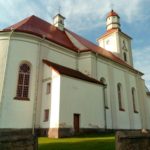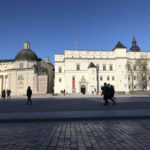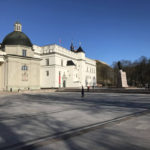Old and New Gate of the Cathedral, Kaišiadorys
T. Brazio g. 6, Kaišiadorys
Video
Pictures
360
Description
In the first half of the 20th century, the church area was surrounded by a stone fence, and an ornate gate was built on the very front, the elements of which resembled the decorative design solution of the main façade of the cathedral. After the Soviet authority established in Lithuania, the cathedral became dead. The authorities did not allow Teofilius Matulionis, the second bishop of Kaišiadorys, and the true owner of this church, the host of the cathedral to hold their office. The fence and gate were demolished in 1966. Nobody hurried to start fencing a new fence and build the gate, which arose only in 1992 after Lithuania regained its independence. Attempts were made to restore the former image, but the fence was no longer of stone, but made of metal bars, and the gate was not the same as the old one – not plastered, with more modest decoration, other materials were used, but the style was matched to the church. The current cathedral fence and gate were built around 1997. The author of the project of new churchyard gate of Kaišiadorys is architect Brunonas Bakaitis.
Audio guide
Map
Distance from your mobile device to the object:

